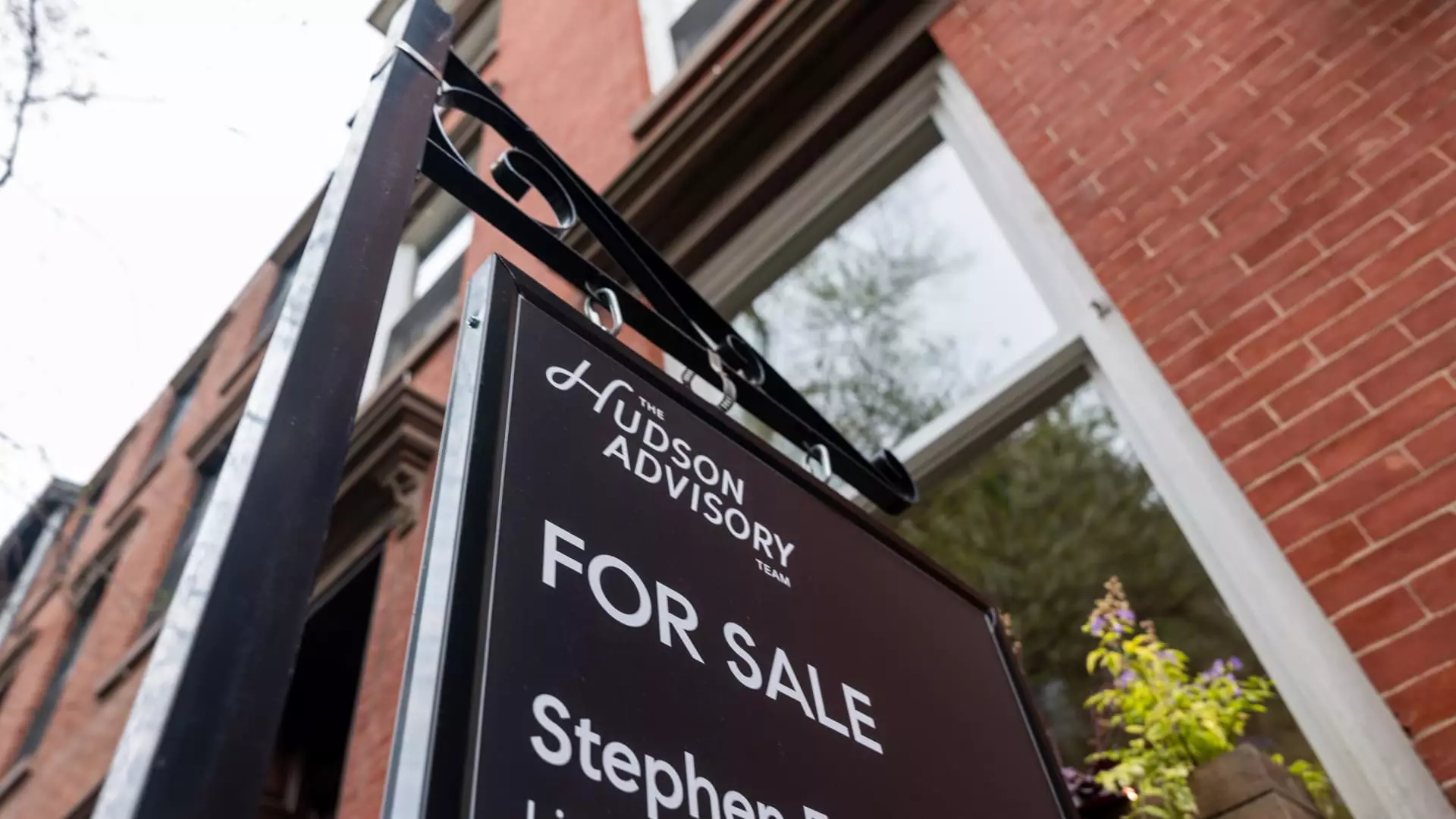In a disheartening turn of events for prospective homebuyers, the average rate on the 30-year fixed mortgage has skyrocketed to a staggering 7.1%—the highest rate we’ve seen since early February. This rapid increase in mortgage rates is symptomatic of a broader economic turmoil, fueled by erratic political decisions and volatile market reactions. When rates climb, the prospect of homeownership becomes a remote dream for many, particularly first-time buyers, who already grapple with the exorbitant costs of living.
Many homeowners often forget that fluctuations in mortgage rates dictate not just their immediate financial landscape but also the broader economy. Higher rates deter potential buyers while straining those who already possess a mortgage, making potential refinancing increasingly unaffordable. The real estate market, crucial to American wealth creation, is now stuck in a relentless cycle of uncertainty, leaving consumers to weigh their options carefully against the backdrop of escalating economic pressures.
The Impact of Tariffs on Home Financing
The tumult we witness in the mortgage market cannot be disassociated from the reckless implementation of tariffs. Just days ago, we saw the implementation of President Trump’s tariffs, setting the stage for an unpredictable financial environment. While they were moderated shortly thereafter, the mere mention of tariffs on imports—especially those from China, standing at a staggering 145%—sows fear among investors and consumers alike.
These economic tensions create a short-lived spike in bond yields, leading to a tumultuous market that many have described as a “roller coaster” ride. As Matthew Graham noted, this volatility marks a pivotal moment not only for stocks and bonds but also for the very fabric of the American housing market. If mortgage rates keep on climbing, home buyers may find themselves still wistfully scrolling online listings but acutely aware of their grim financial realities.
Consumer Sentiment: A Decaying Foundation
The latest consumer sentiment report paints a grim picture, arriving well below expectations. The jump in inflation estimates, soaring from 5% in March to a jaw-dropping 6.7% in April—the highest leap since 1981—could severely hinder the ambitions of many hopeful homeowners. With fears over job security looming large, it’s no wonder that potential buyers are retreating from an already frayed housing market.
Nancy Lazar, the chief global economist at Piper Sandler, eloquently encapsulates the overarching anxiety: “Forget about housing in this environment.” With mortgage rates climbing higher and inflation disrupting household budgets, consumer confidence has begun to crumble. The complexity of navigating today’s housing market calls for a robust understanding of economics and finance.
Looking Ahead: The Need for Strategic Policy Changes
As we stare down the barrel of what resembles a housing crisis, it is imperative that policymakers take serious notice. Consumers are not just statistics; they are individuals with aspirations and dreams closely tied to their ability to secure affordable housing. This moment demands strategic intervention, not merely reactive policies dictated by political maneuvering.
For homeowners and prospective buyers alike, the path forward remains shrouded in ambiguity. If rates continue on this alarming trend, it will require determined actions to restore the confidence essential for a robust housing market. Homeownership should not become a distant memory of America’s past; it should remain an attainable goal for future generations.

